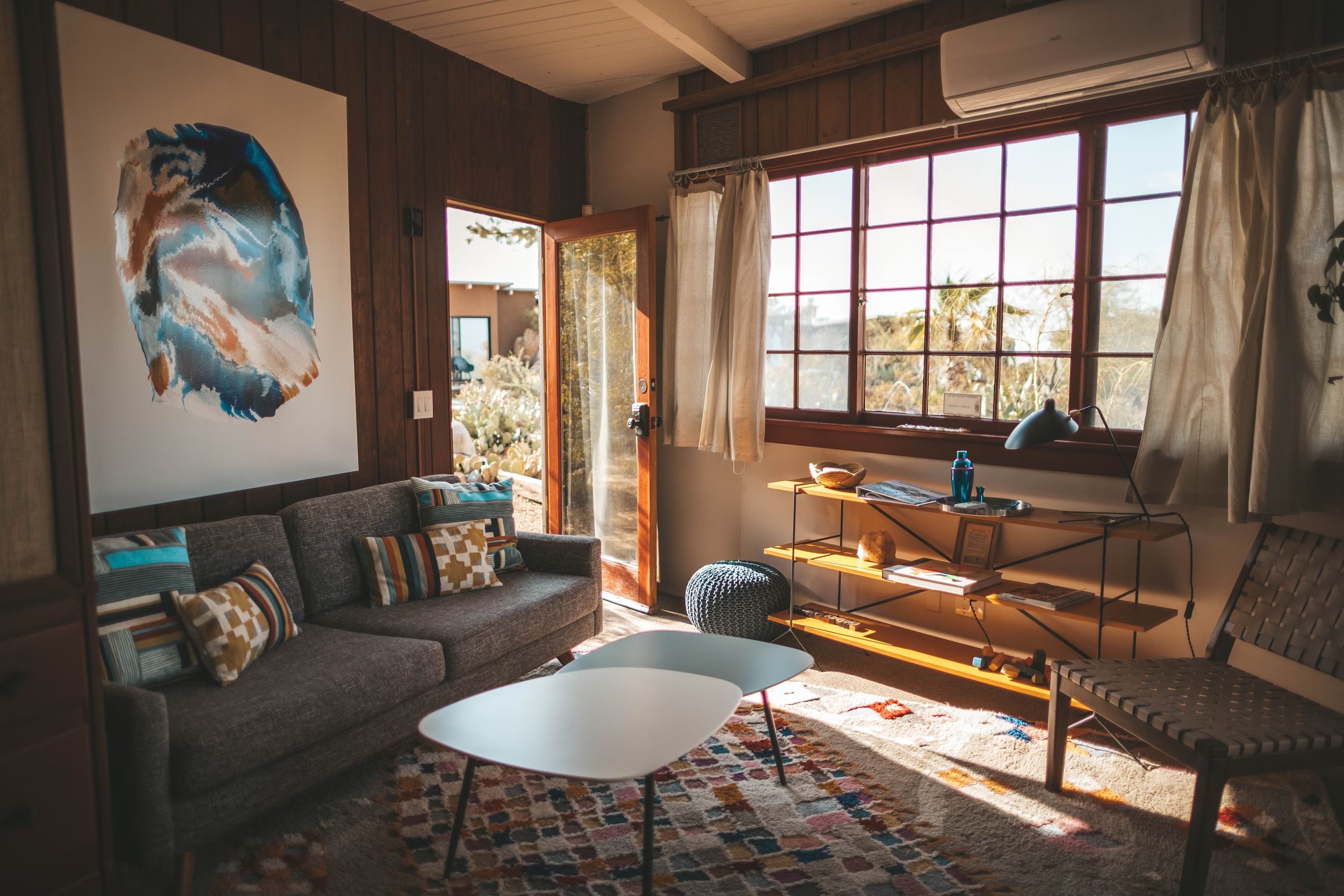Discover Kitchen Lighting
Spoken matches kitchen lighting across 100s of stores to find you the best price.



Quick facts
Can't find the answer you're looking for? Please get in touch with our friendly team.
Should under cabinet lighting be warm or cool?
Under cabinet lighting should typically be warm for a cozy, inviting atmosphere in kitchens and living spaces. However, cool lighting can enhance task visibility, making it ideal for work areas. Consider the room's purpose and your personal preference when choosing the color temperature.
What are the rules for kitchen island lighting?
When lighting a kitchen island, aim for 30 to 40 inches above the countertop. Use multiple light sources for even illumination, and consider pendant lights for style. Match the lighting fixtures to your kitchen's decor and ensure they provide adequate brightness for tasks.
What type of lighting is best for kitchens?
The best lighting for kitchens includes a mix of task, ambient, and accent lighting. Use bright, focused task lighting over work areas like countertops and stoves, soft ambient lighting for overall illumination, and accent lighting to highlight features like cabinets or artwork.
Category Overview
Introduction
Kitchen lighting plays a pivotal role in creating an inviting and functional space in your home. It’s not just about illuminating your countertops; it enhances your cooking experience, promotes safety, and sets the mood for family gatherings and casual dinners. Imagine preparing a meal under warm, soft lighting that creates an atmosphere of comfort or bright task lighting that helps you chop vegetables with precision. Good kitchen lighting is essential – it blends utility with aesthetic appeal, making everyday life more enjoyable.
Functionality
The primary functions of kitchen lighting encompass task illumination, ambient brightness, and accent highlights. Task lighting is vital over work surfaces like countertops and islands, ensuring you can see clearly while cooking or prepping meals. Ambient light provides overall illumination for the entire room, allowing for movement and conversation without harsh shadows. Accent lights can highlight specific decor elements like artwork or architectural features. In different contexts—such as dining areas or open-concept spaces—your kitchen lighting adapts to various needs. For instance, pendant lights above an island can double as both functional sources of light and stunning focal points. Unique features like dimmable options allow you to adjust brightness according to the time of day or occasion.
Design & Style
When it comes to materials and styles for kitchen lighting, you'll find a diverse range—from sleek metals to rustic wood finishes and soft fabric lampshades. Popular styles include industrial designs with exposed bulbs for a modern vibe or farmhouse chic fixtures that add warmth to your space. Variations in design can accommodate various decor themes: minimalist fixtures resonate well in contemporary kitchens while ornate chandeliers may enhance a traditional setting. Personalization is key; consider how you want your kitchen's personality to shine through—whether it's sleek lines for a modern look or vintage charm for a cozy environment.
Practical Considerations
Selecting the right kitchen lighting involves several key considerations: Room Size: Larger kitchens may require multiple sources of light; smaller ones might benefit from compact fixtures. Material Durability: Opt for materials that withstand humidity without warping or rusting. Usage Needs: If you frequently entertain guests, choose versatile fixtures that can provide both bright task light during prep work and softer ambient light later. Common mistakes include underestimating the importance of layered lighting (combining different types) and neglecting energy efficiency—LED bulbs are a smart choice here!
Comparison and Alternatives
When comparing materials like metal versus wood for kitchen lights, each has its distinct advantages: Metal: Often more durable and easier to clean but might feel colder. Wood: Brings warmth but requires careful maintenance to prevent damage from moisture. Round pendants might suit smaller spaces by drawing eyes upward, while rectangular models could complement long islands effectively. Your choice should be aligned with room size—larger fixtures can overwhelm small spaces if not chosen wisely.
Trends and Popular Items
Current trends showcase an increasing preference for eco-friendly materials such as bamboo alongside classic glass shades that lend sophistication to any kitchen setting. The rise of mid-century modern influences is evident in the popularity of geometric shapes in light fixtures—a perfect balance between style and functionality. Moreover, smart technology integration continues to gain traction; think adjustable color temperatures that let you shift from bright white during cooking times to softer hues when winding down at dinner parties. Keeping an eye on these trends will help ensure your kitchen remains both stylish and functional as tastes evolve over time. By understanding these elements of kitchen lighting—from its significance in daily life through practical tips—you’ll be better equipped to create an inviting environment tailored just for you!